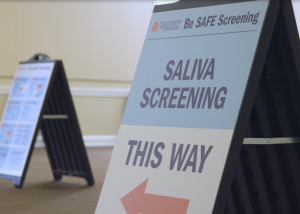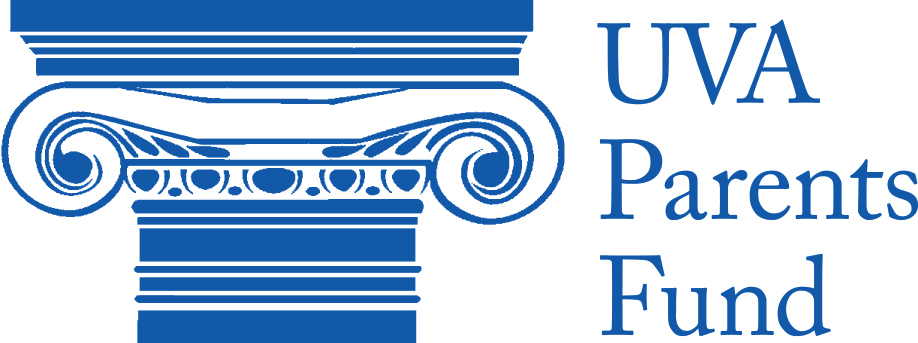
In a Thursday “Return to Grounds” update delivered to students, the University of Virginia announced progress in its ongoing struggle against the coronavirus pandemic. The University’s COVID Tracker reported a decline in cases within the community. Improvements enabled the administration to raise limits on in-person gatherings from groups of five to a new maximum of 10 individuals. In addition, the University’s capacity to test students on and off Grounds is expanding, with a focus on identifying asymptomatic carriers.
Provost Liz Magill and Chief Operating Officer J.J. Davis explained recent improvements in an email to the student body, highlighting lower rates of COVID-19 alongside new testing measures.
“Each of these positive developments is a testament to the patience, discipline, and hard work that members of this community have shown over the course of this semester,” their statement read. “We are all doing our best to adapt to a new normal in order to make the most out of this unique semester together…We hope you feel as encouraged as we do by some of the trends we are seeing around Grounds.”
Since roughly the beginning of October, overall averages in the University’s coronavirus data have consistently lowered. Between Sept. 27 and Oct. 3, the average daily number of new COVID-19 cases was 26 among University students, faculty, staff, and contract employees. By contrast, data shows that the week beginning on Oct. 11 has seen only 10 per day, which represents a larger trend of improvements. In addition, the University reports that just 10 percent of their quarantine rooms are occupied, alongside only six percent of their isolation rooms.
Dr. Amy Mathers, Associate Professor of Medicine and Pathology, credited the University’s wastewater surveillance system with detecting asymptomatic spreaders in residence halls.
“By capturing wastewater we can do a pooled sample of everybody that lives in the building that use the toilet that day and detect if there are new cases even before they have symptoms,” Mathers said. “This can provide an early warning system. We can then take further steps to test individuals once we detect that there might be new cases and ultimately limit the spread in the residence halls. So the wastewater surveillance gives us
another tool to find cases early and minimize the chance of further spread.”
Associate Professor Hui Li told University Communications that new saliva testing protocol is also a key piece of the Department of Pathology’s pandemic control.
“Spitting in the tube is straightforward,” Li said. “It’s easy. And another thing compared with the nasal swab is the nasal swab protocol requires extraction of this virus which causes potential safety concerns. This [saliva testing] procedure — we don’t even open the tube. We heat-inactivate it, and then people will go in there and take out samples. So, we skipped a couple procedures. It’s safer and it’s quicker.”
The University’s Return to Grounds website regularly updates students, faculty, and staff on current procedures. In addition to the COVID tracker that provides up-to-date information on infection rates, visitors can find information on HOOS Health Check and CovidWise apps, answers to frequently asked questions, and guidelines on public health measures. Students also have the potential to be randomly selected for mandatory screening. An overview of ongoing testing guidelines can be found here.
Dean of Students Allen Groves expressed his appreciation for the University community’s mask-wearing and social distancing.
“On behalf of President Ryan and the entire University administration, I want to thank you for your continued patience and perseverance,” Groves wrote in a message to students. “Your efforts are making a difference. We will continue to keep you informed going forward.”
















